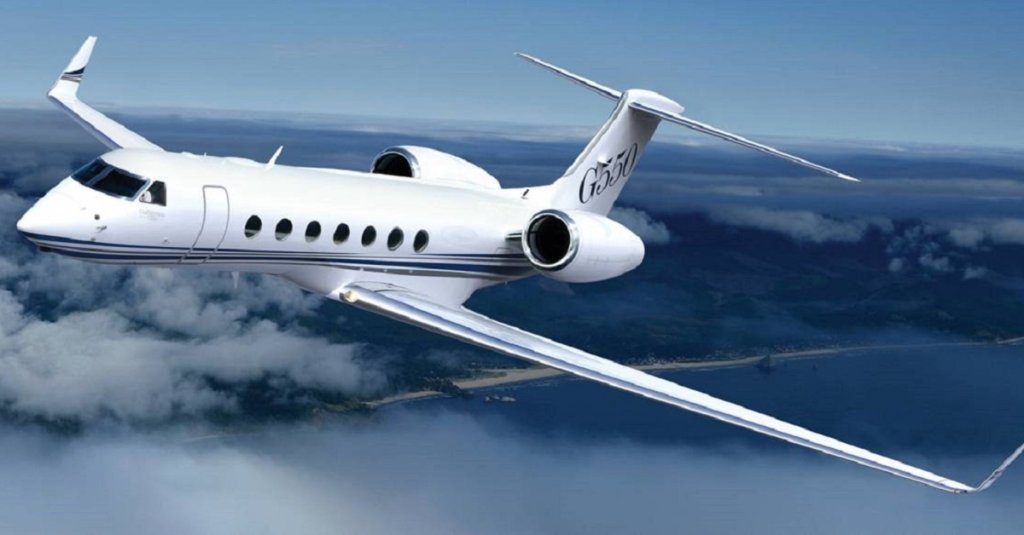

It’s a fact of life; in war, troops sustain injuries — which can range from mild to severe. If the medics and aid stations can’t fully treat a wound on their own, troops are moved back from the front lines to more-equipped facilities to recover. Exactly how far back depends on how long the wounded service member needs to recover before returning to fighting shape.
The military once used the C-9 Nightingale for medical evacuations. This plane was designed based on the DC-9 airliner and is capable of hauling 40 litter patients. A total of 48 of these planes were built and two remain in service with the Marine Corps today. These planes were, in large part, phased out in the 2000s.

Staff Sgt. Vanessa Potchebski and Staff Sgt. Miguel Rodriguez, both 379th Expeditionary Aeromedical Evacuation Squadron medical technicians, unload medical equipment from a C-130 Hercules after a successful mission to pick up sick patients in Iraq.
(U.S. Air National Guard photo by Master Sgt. Phil Speck)
The current method of aeromedical evacuation involves putting a team of doctors and nurses on whatever cargo plane is available — be it a KC-135 Stratotanker, C-130 Hercules, C-17 Globemaster, or C-5 Galaxy. On one hand, this means that medical crews don’t have to wait for a dedicated plane to arrive — they simply load up and go. On the other hand, it may not be a bad idea to have a dedicated aeromedical evacuation aircraft, one that’s carefully set up to provide care for the wounded.
At the 2018 SeaAirSpace Expo, we learned that a dedicated aeromedical evacuation aircraft may be exactly what’s in store, and the potential contender for this role is a jet most associate with the rich and famous: The Gulfstream. Yes, that’s right, the jet that Leonardo DiCaprio, George Clooney, and other Hollywood A-listers take to Cannes could now be hauling wounded American troops.

The Air Force operates nine C-37s, based on the Gulfstream V business jet.
(USAF photo)
Versions of the Gulfstream have been in service with the U.S. military for a while as the C-20 and C-37, which are designs based off of civilian Gulfstream aircraft. These jets feature a long range (of at least 4,000 miles, if not more) and are capable of reaching high subsonic speeds. This makes them very useful, especially in critical-care cases.
Currently, the Air Force has seven C-20 (Gulfstream III/IV) and nine C-37 (Gulfstream V) jets in service, mostly for VIP transport. The Navy presently operates the C-37 as well. But if the decision is made to press these jets into service for aeromedical evacuation, the military may see more of this celebrity transport.
